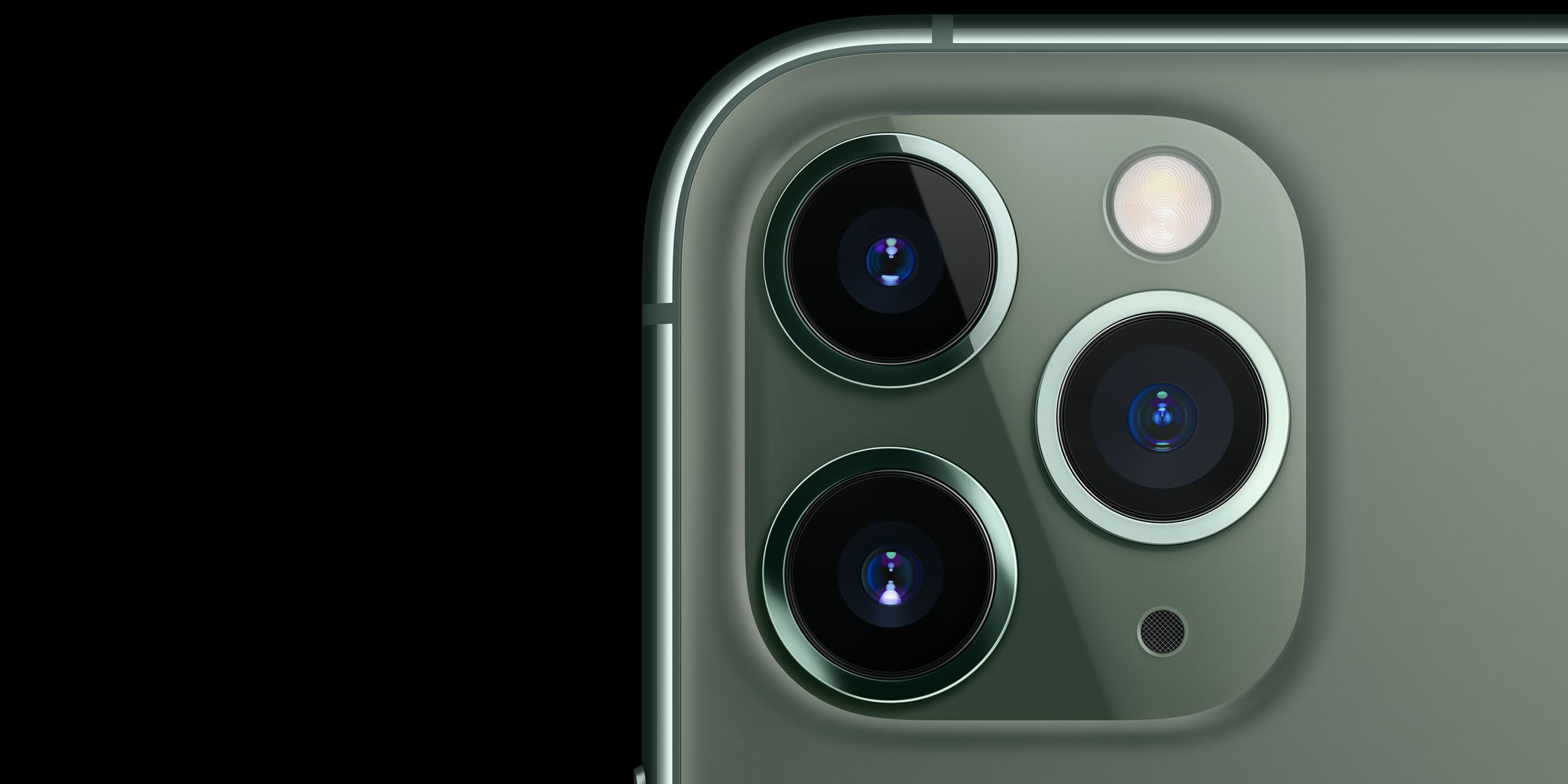Virtual reality is a growing industry. Many people are taking different stands on this statement, but numbers don’t lie. More and more headsets are being sold each year. The adoption is growing and more people want a VR headset than ever before. With VR being a hot topic right now, many people are asking where the biggest tech company is. Where is the iPhone VR? What is Apple’s plan in all of this?
When making a headset, there are a lot of different components that go into it. Whether it be the field of view of the futuristic lenses, there is a lot that goes into the experience that will determine how the headset performs. Many people think it is as simple as tossing a phone into a cardboard box and call it VR, but that’s the furthest thing from true. To create a good virtual experience and a nice headset, you need a lot of good hardware and software. Lucky for the consumers, Apple is known for both. So what is taking so long to get some iPhone VR?
iPhone VR – Is It Realistic?
Ever since the Samsung Gear VR days, people have been calling for Apple to create their own version of the mobile VR device. Apple didn’t take the bait and stood pat. Google took the idea and got Google Cardboard VR on the market. It didn’t work, nobody liked it, and the masses were left begging at Tim Cook’s feet for something VR related. Nothing came and the rumors disappeared.
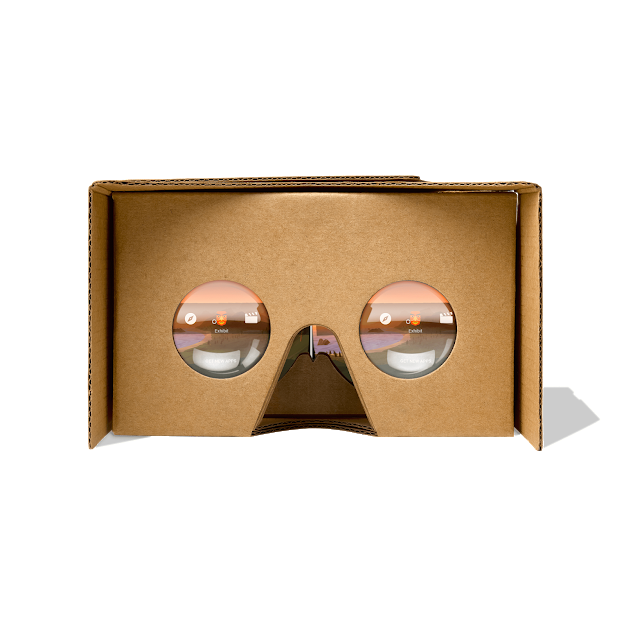
The next rumors that came with Apple and mixed reality weren’t with VR though, as it came in the form of augmented reality rumors. These rumors have been around for the last 17 months, right before their annual show in September. Many thought that Apple was gearing up for an AR glasses release in either 2018 or 2019, but neither happened. What did happen though, was rumors started picking up around mixed reality and the newest iPhone, the iPhone 11.
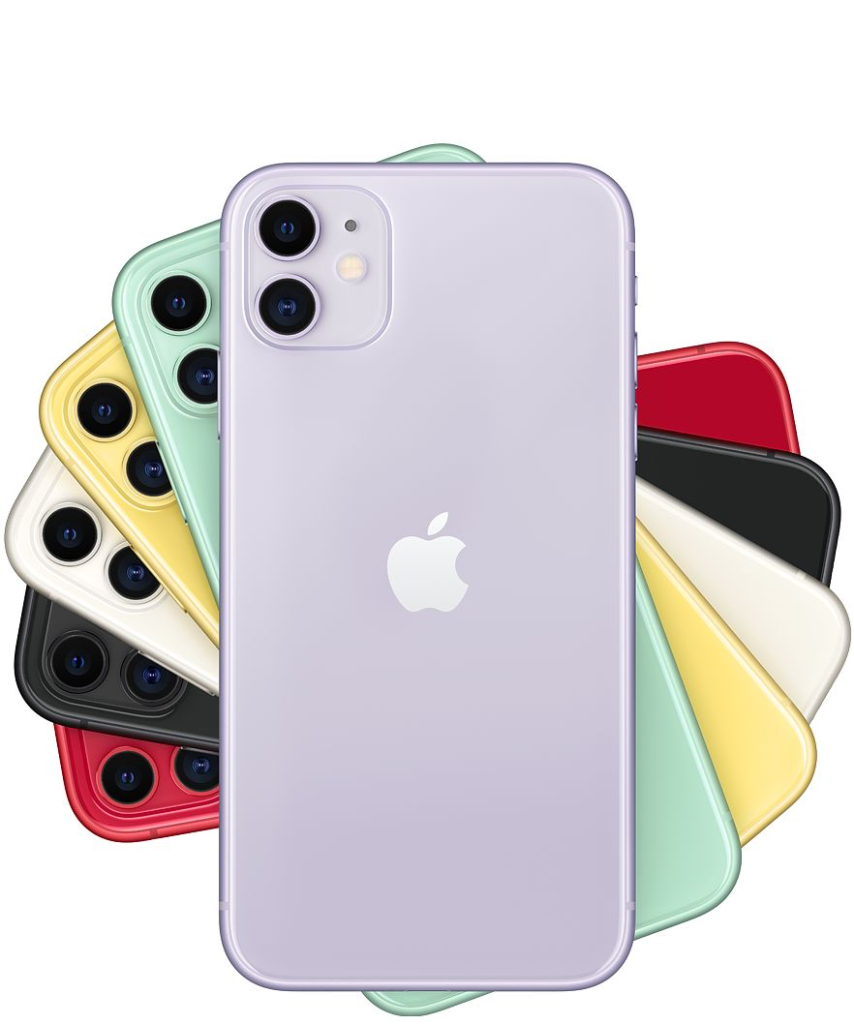
Again, this didn’t include the talks of virtual reality and the iPhone. The iPhone 11, regardless of the model or the ‘Pro’ tag, has an extra-wide camera. This enables each phone to double what they see in the view. For the regular iPhone 11, this removes the telephoto lens. For the Pro series of the newest phone, it simply added one more camera on the back. Many thought this was simply for photos, but we have a much different theory.
Not iPhone VR, but iPhone AR
Something Samsung Gear and Cardboard VR didn’t do is add some passthrough in their headsets. In fact, there was no way to see the real world other than lifting the headset off of your head or taking your smartphone out of the headset. This is a simple VR technology in 2019. No passthrough feature meant no AR, something that seems like it will be more useful and mainstream than VR in the future. If Apple is gearing up to make a headset that is compatible with the iPhone, augmented reality is going to be the way to go.
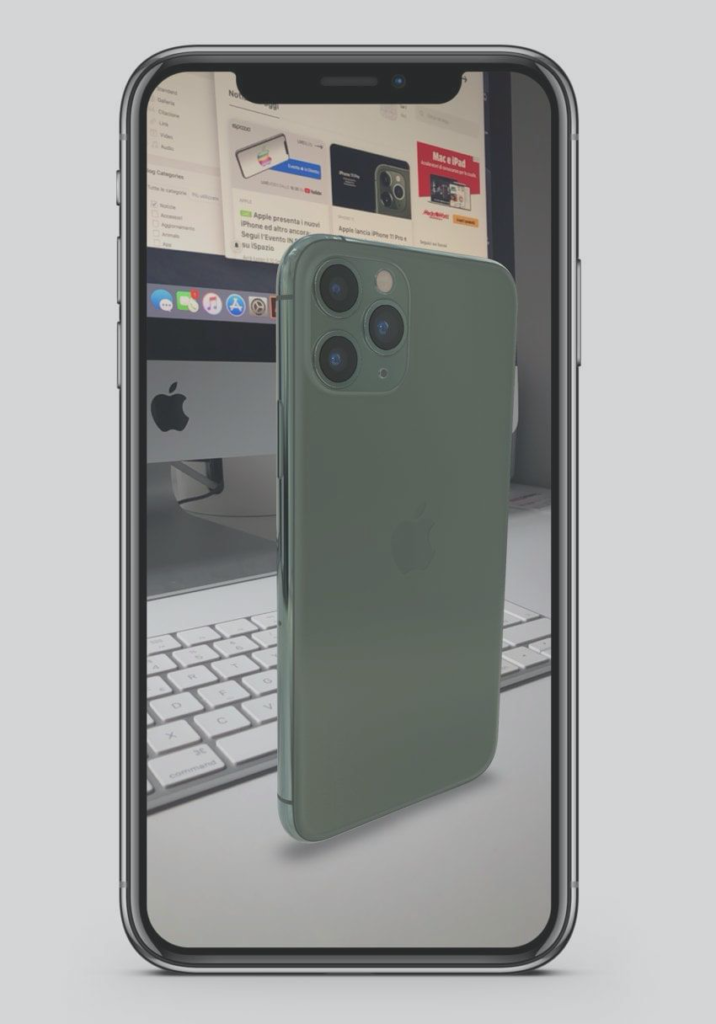
The view on the newest iPhone is already there. Simply try it out for yourself. If you open the wide-angle on the iPhone 11 and hold it to your face, you have a pretty good view of the world around you. Of course, some good lenses would be needed, but Apple has already solved a big AR problem, and that is the field of view.
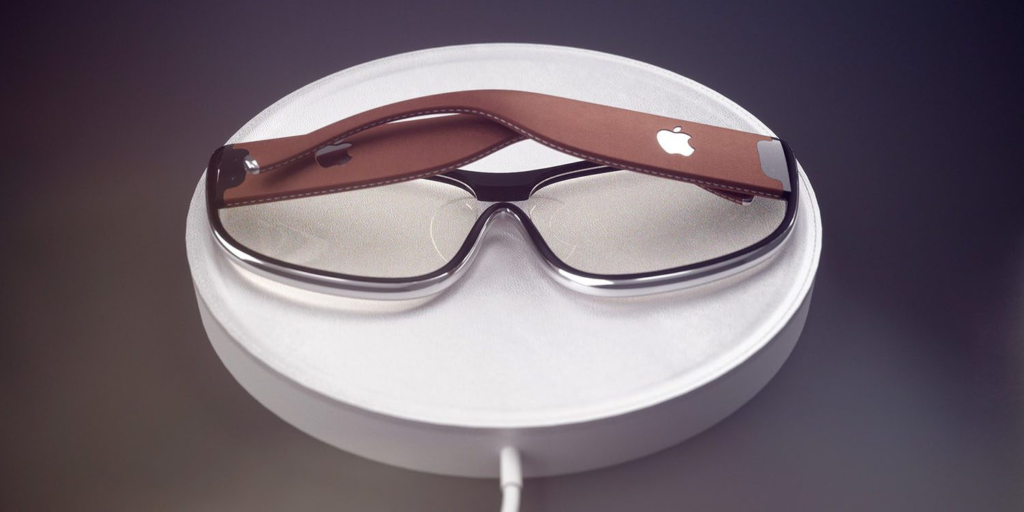
Whether you are watching a video or playing a game, you don’t want to be shut out from the world around you, especially when you are using your mobile device as your screen. If you are expecting iPhone to be a home for VR, you are likely out of luck. If you are hoping for something built around the iPhone 11 and some sort of AR, you are going to be pleased. Simply look at the activity of ARKit and iPhone apps that are in support of AR games lately. VR applications are non-existent on the App Store, but getting an AR app for iPhone is as easy as ever. The writing is on the wall.
iPad VR
There is no reason to sugarcoat this. VR isn’t meant for the iPad, and the iPad isn’t meant for the VR platform. Although the iPad is as powerful as some laptops out there, we won’t be seeing the iPad be a home for any virtual reality headset anytime soon. Unless you are using the iPad as your personal device for the Oculus App Store and the place to download your virtual reality games for your Oculus Quest, you won’t need an iPad to get going in VR.
If you are curious about the iPad getting AR or VR support inside of an (oversized) headset, you need to stop being curious about that subject. An AR app will work great on the newest iPad Pro, but that is simply a feature almost all iOS and iPadOS options have now. There is no comfortable viewing angle for VR on an iPad. There is no way to justify these two options ever working together. Move on and get excited for the next iPad, as there are sure to be some major hardware updates in the coming months.
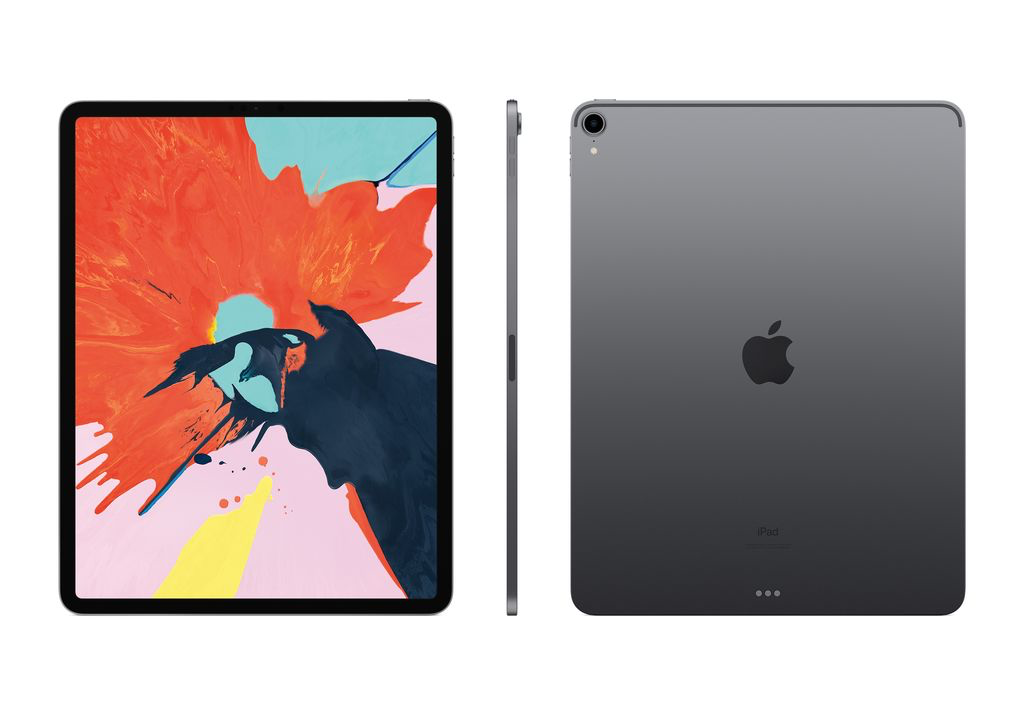
MacBook VR
The MacBook side of the equation is interesting, and likely the most telling when it comes to the future of Apple, VR, and Mac VR. The newest MacBook (the MacBook Pro 16 inch 2019) has all of the bells and whistles you could hope for inside of a Mac laptop. It’s not only a powerful video converter but a high-end piece of hardware that is new to all. The tech specs are out of this world. The new speakers and mic are insane. The hardware is more sturdy and reliable. This is the most ergonomic design Apple has had for their MacBook just yet, and the consumers are eating it up.
Not only does the hardware impress all, but the power of this computer is off the charts. Any app you want to run, you can run. Apps and games are the least of this computer’s worries, but it still seems to be the question everyone is asking about.
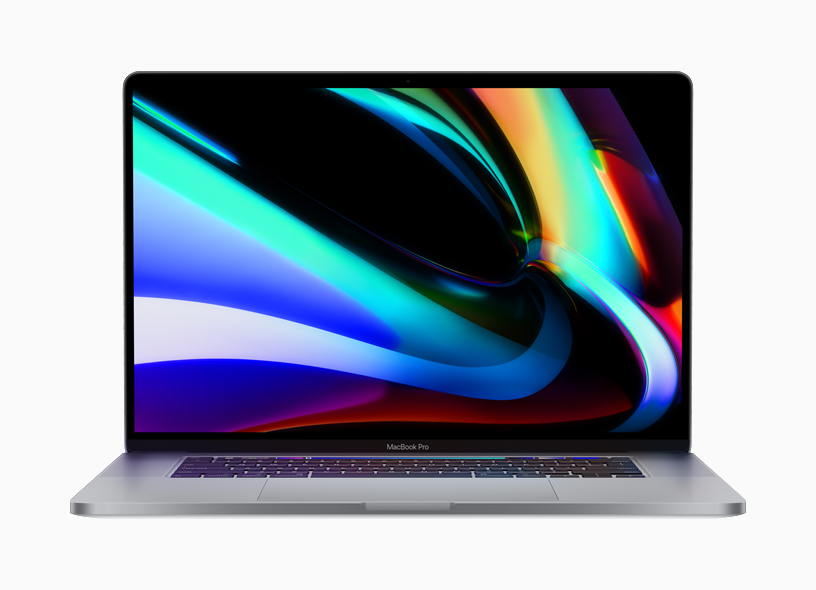
So what about the virtual games on this computer? Can we finally run a good VR headset on a MacBook? Yes, yes, and absolutely yes. We put this to the test, making sure that Apple’s claims of being the most powerful mobile computer were true. We took the Valve Index and decided that this would be the VR hardware we would use to test out the MacBook’s computing abilities.
MacBook VR Testing
The MacBook Pro is at the top of its market. The Valve Index is the best PC VR headset on the market, so testing these two fantastic systems together seemed like a given. This is what we tested, how it went, and what the final results were.
What we tested
We wanted to not only see if VR could run on the MacBook Pro 16 inch, but we wanted to push the boundaries of what we thought was possible with this new hardware. This is the order of operations we used.
- We ran the Boot camp assistance downloading Windows 10
- After downloading Windows, we downloaded Steam and logged into our account
- We downloaded Beat Saber, the game we use to test all hardware ability inside of VR
- Connected and collaborated the headset, sensors, and controllers to run with the Mac
After this was all set up, we needed to ensure that both the headset and the computer were running at the highest possible quality. This meant recording our Beat Saber gameplay through OBS, mirroring the game at the highest quality, and pushing the Valve Index to its most demanding settings. Below, we will list out all of the specs we had going during the gameplay. We also will include the tech specs of the MacBook we were using.
MacBook Tech Specs
- CPU: 9th gen Core i7, 9th Gen Core i9
- RAM: 16GB (up to 64GB)
- Storage: 512GB to 8TB
- GPU: AMD Radeon Pro 5300M (4GB), Radeon Pro 5500M (up to 8GB)
- Display: 16 inches (2072 x 1920 pixels)
- Battery: 100-watt-hour up to 11 hours
- Size: 14.1 x 9.7 x 0.64 inches
- Weight: 4.3 pounds
OBS Settings
- 3072 x 1920
- 60 frames per second/Refresh rate
- Near lossless quality (1.25 GB per minute of video)
Beat Saber Settings
- Mirroring at 3072 x 1920
- Field of view maxed out
- Camera smoothing
- 1x playback
SteamVR/Index Settings
- 2880×1600 resolution
- 120 Hz/Refresh rate
- Graphics 100%
MacBook VR – It Works
When we first started this process, and even before we started to save our recordings, we weren’t sure what to expect. We knew that the MacBook Pro was a powerful machine, but this wouldn’t be the first Apple product to be capable of virtual reality that wasn’t able to run it. To say we were, and are, impressed with how VR ran with the MacBook, would be an understatement. This is was the smoothest virtual reality experience we have ever had.
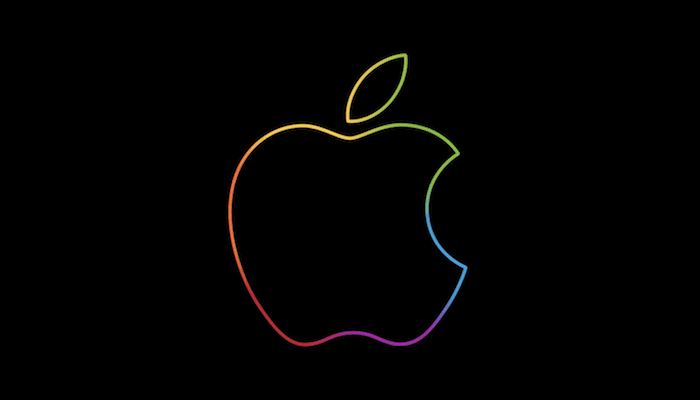
As you can see in the video above, (video coming shortly) this seems like a flawless experience. In fact, this recording doesn’t do the experience justice. When we first tried the Valve Index when it came out, we didn’t think it could get any better. It could, and all it took was Apple to come out with the best mobile hardware in the world.
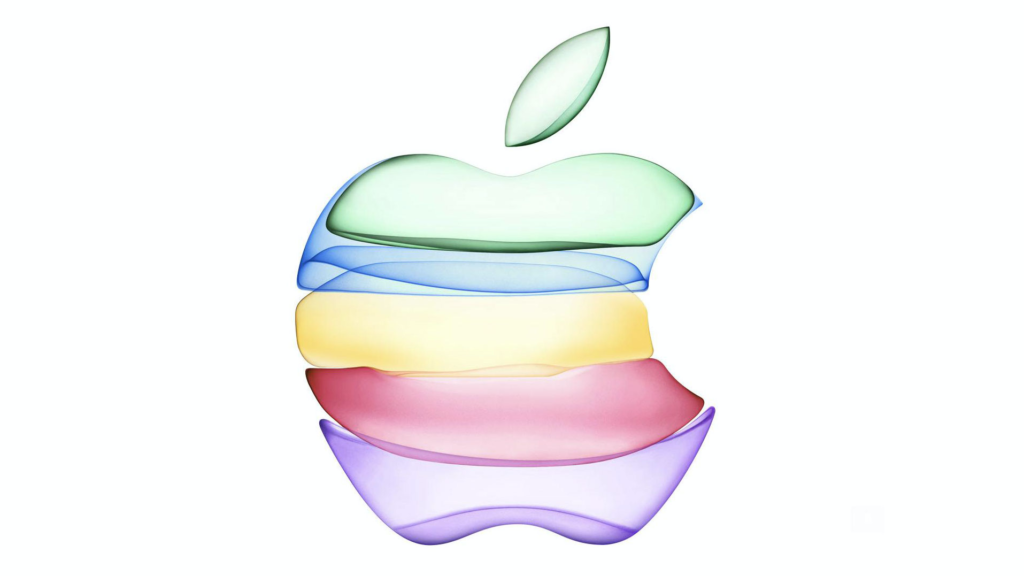
This works. It works perfectly. This is now our favorite place to play the Valve Index. Recording the video while playing Beat Saber with no lag or latency problems is impressive. When we ran this test with all of the tech specs maxed out on our (very decorated) PC, we had problems playing the game at any difficulty harder than Normal.
Mac Pro and VR
We haven’t had a chance to get our hands on a Mac Pro yet, but we have been in contact with people running some VR tests. With the same specs running on the headset and game, the Mac Pro handles it perfectly. In fact, we are nearly certain that you could run a couple of VR headsets on the Mac Pro without any problems. Other than the lack of ports for multiple VR headsets, there is nothing stopping this force of a computer.
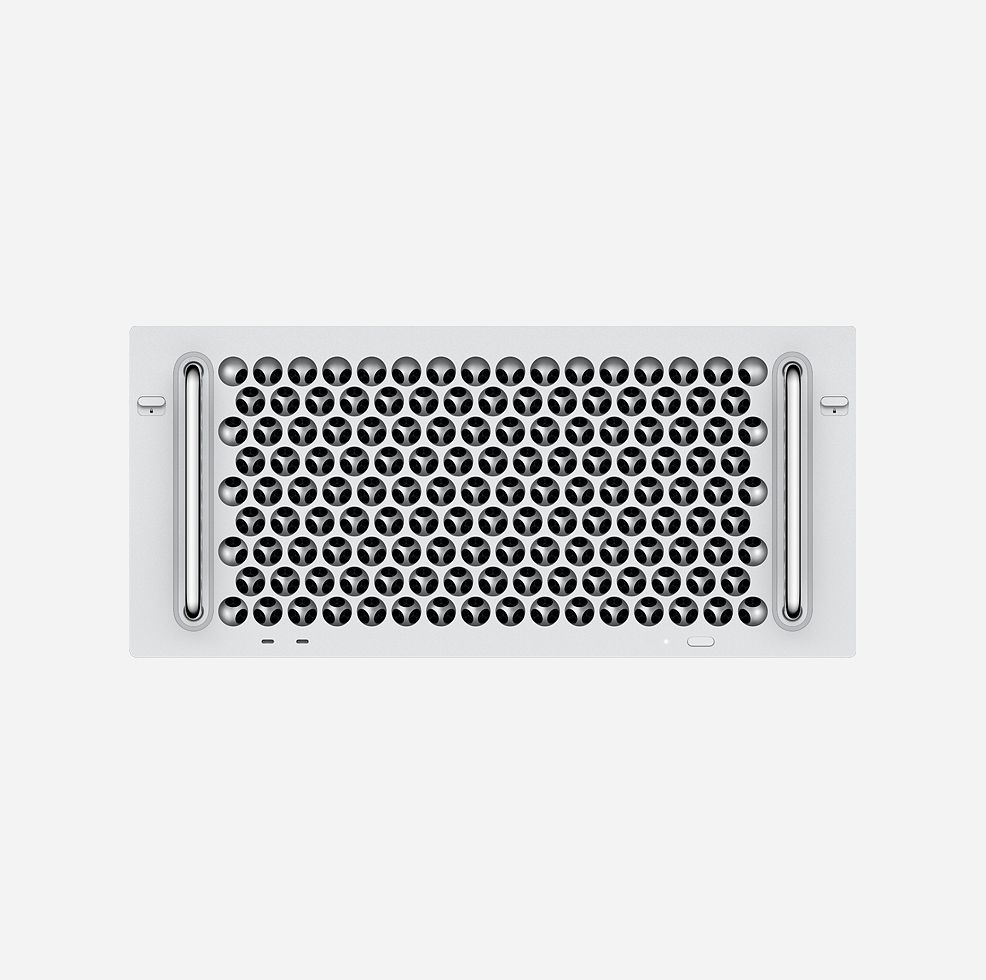
Apple has officially mastered the ability to create a machine that is capable of running virtual reality, so this begs the oldest question in the book. Will Apple release its own VR hardware?
Apple’s VR Headset
To answer the question without any concrete evidence, all signs point to Apple on their way to releasing their own VR hardware. There is not too much to go off of here, but it seems inevitable. Virtual reality is becoming more and more mainstream, and it could become a cash cow for the largest tech company in the world.
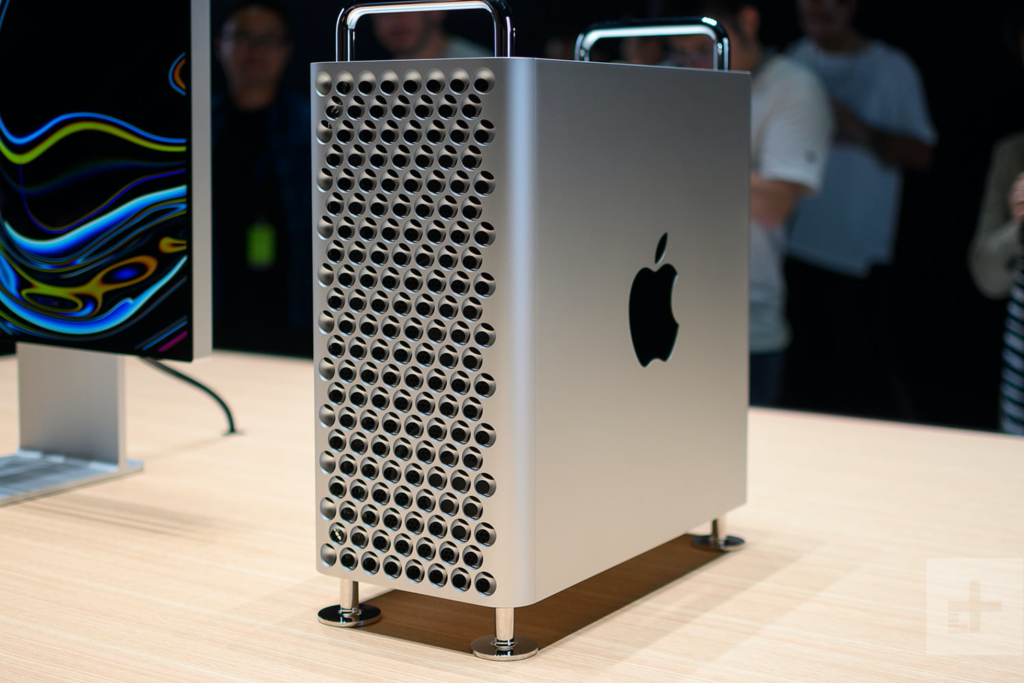
Although virtual reality is going to take a back seat to augmented reality in the future, virtual reality and virtual environments are in high demand right now. Whether Apple decides to focus on the gaming side or the business side, you can count on the hardware being near-perfect upon release. You can also count on the company being quiet about the project until it is announced to the public during a big event.
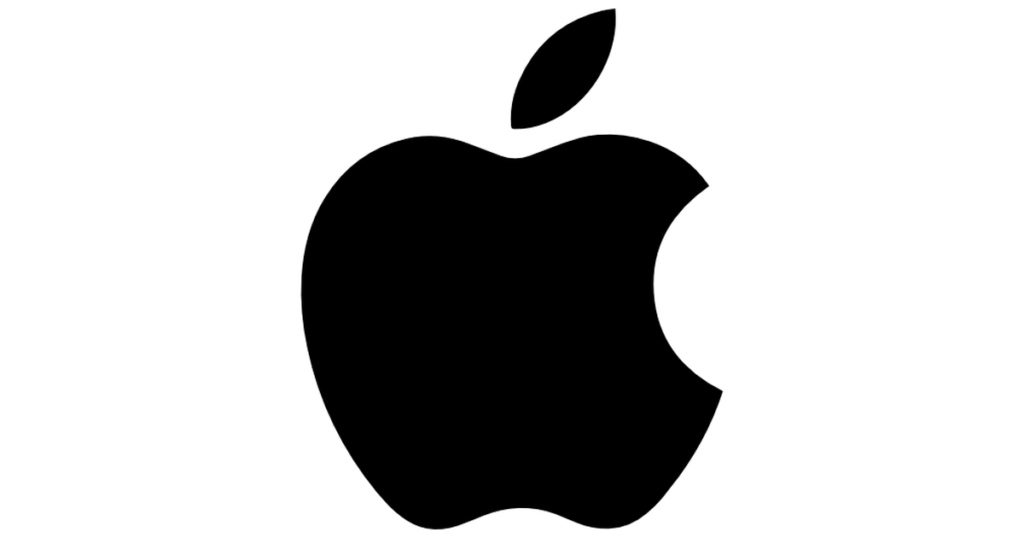
If we had to take a guess on what this headset would be able to do upon release, we would pull from some of the best headsets on the market. We assume that any Apple headset would include some of the best features of the best headsets, plus some bonus features that put Apple ahead of the pack. Below, we are going to list out what we want to see, and what we expect in a VR headset that we are wishing for from Apple.
- Hand tracking
- Eye-tracking
- Standalone with the ability to connect to the Mac and MacBook
- Inside-out tracking
- Varifocal Lens to work with eye-tracking
- Pre-populated App Store
- Passthrough cameras with AR capabilities
- Ability to connect with all iCloud devices
We know that this seems like a tall order, but for the best advanced and consumer-focused tech company in the world, we feel like all of this is worthy of being asked for in their first VR headset. We would love to see Apple turn this not only to a headset that you wear when you want to play, but to get any sort of work done too. Turning this into a virtual working environment with all of your iCloud storage accessible in the headset is something we are wanting and expecting from Apple.
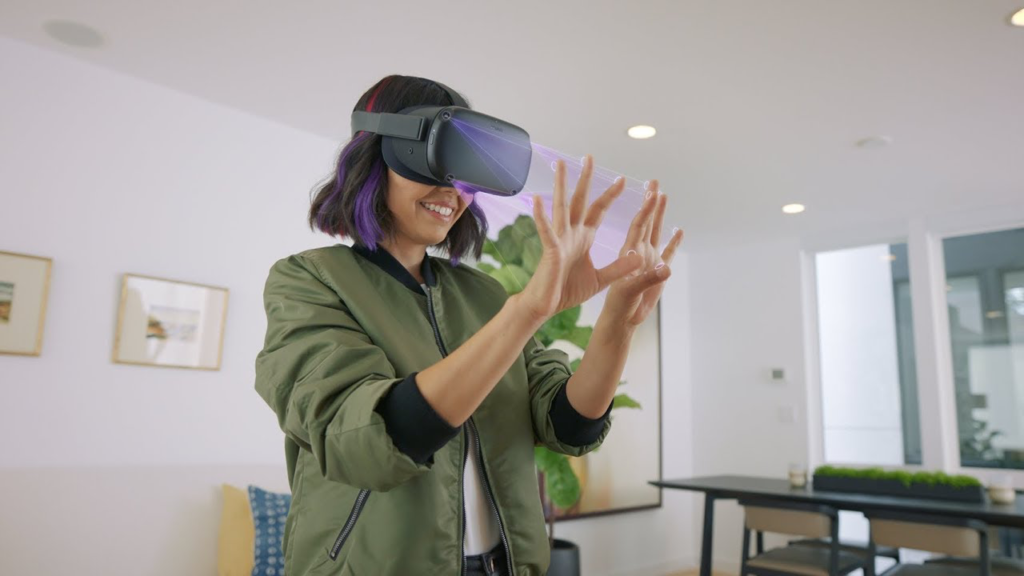
Whichever way Apple decides to go with their AR and VR dreams, we know that they will keep it close to their chest. For more VR and AR community news, make sure to check back at VRGear.com.






















